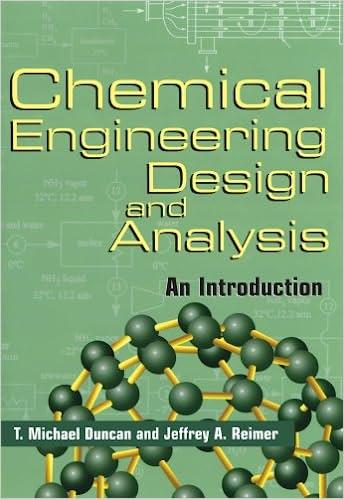Answered step by step
Verified Expert Solution
Question
1 Approved Answer
Consider a steam power plant that operates on a regenerative Rankine cycle with one closed feedwater heater and a trap, as shown in the schematic
Consider a steam power plant that operates on a regenerative Rankine cycle with one closed feedwater heater
and a trap, as shown in the schematic below. Steam enters the turbine at MPa and and exits to the
condenser at kPa. Steaming the feedwater heater exits the turbine at MPa. The water that leaves the closed
feedwater heater and enters the trap is a saturated liquid, and the temperature of the water going to the boiler
from the feedwater heater is higher than the water that enters the trap. The water leaving the condenser is
cooled to a temperature that is degrees lower than the saturation temperature of the water in the condenser
this is called degrees of subcooling" The mass flow rate of steam through the boiler is The
isentropic efficiency of the pump is and the isentropic efficiency of the turbine all stages is
a Determine the work input to the pump and the pump outlet enthalpy in
b Determine the work output of each turbine section, in
c Determine the flow fraction extracted from the turbine going to the closed feedwater heater.
d Determine the heat addition in the boiler, in
e Determine the mass flow rate at each of the turbine exits and through the pump, in
f Determine the heat rejected in the condenser, in
g Sketch the cycle on a Ts diagram, including the saturation lines dome and the locations of states and
h Determine the pump work, the net turbine work, and the net work for the cycle, all in i Calculate the
thermal efficiency.
j Determine the net power output of the power plant, in MW
Determine the heat rate for the power plant.

Step by Step Solution
There are 3 Steps involved in it
Step: 1

Get Instant Access to Expert-Tailored Solutions
See step-by-step solutions with expert insights and AI powered tools for academic success
Step: 2

Step: 3

Ace Your Homework with AI
Get the answers you need in no time with our AI-driven, step-by-step assistance
Get Started


